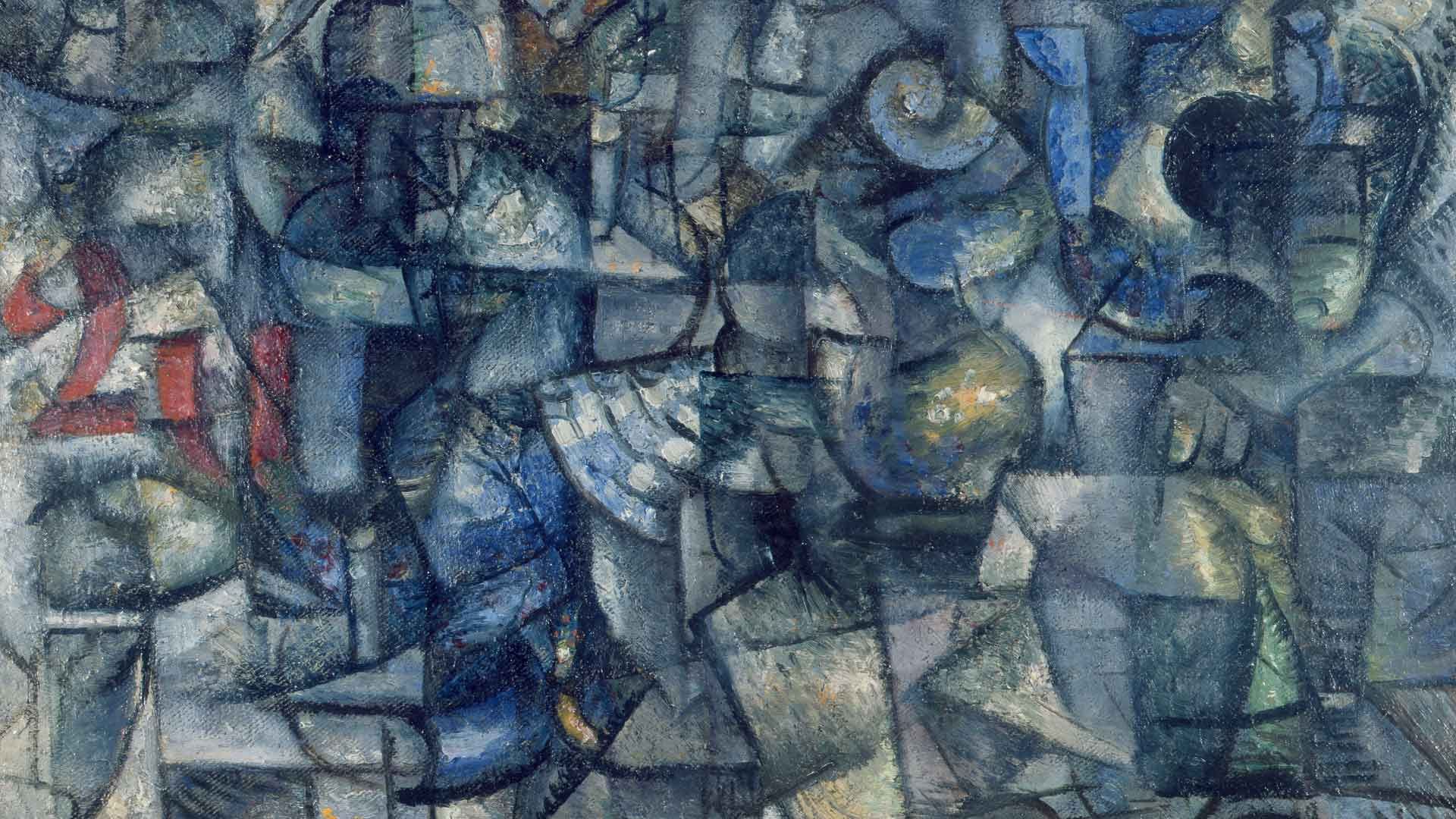
STORY
OF A FRIENDSHIP
Mafai, Raphaël, Emilio and Maria Jesi
The story of the lives of four people and a strong bond. Mario Mafai, Antonietta Raphaël, Emilio and Maria Jesi against the backdrop of the war and the persecutions, the Fantasies and their arrival at the Brera.
In 1929, Mario Mafai, a friend of Gino Bonichi, known as Scipione, and his wife Antonietta Raphaël – a young Jewish artist of Russian descent and the daughter of a rabbi – belonged to a group known as the Roman School, a definition coined by the art historian Roberto Longhi who spotted the three young artists’ talent.
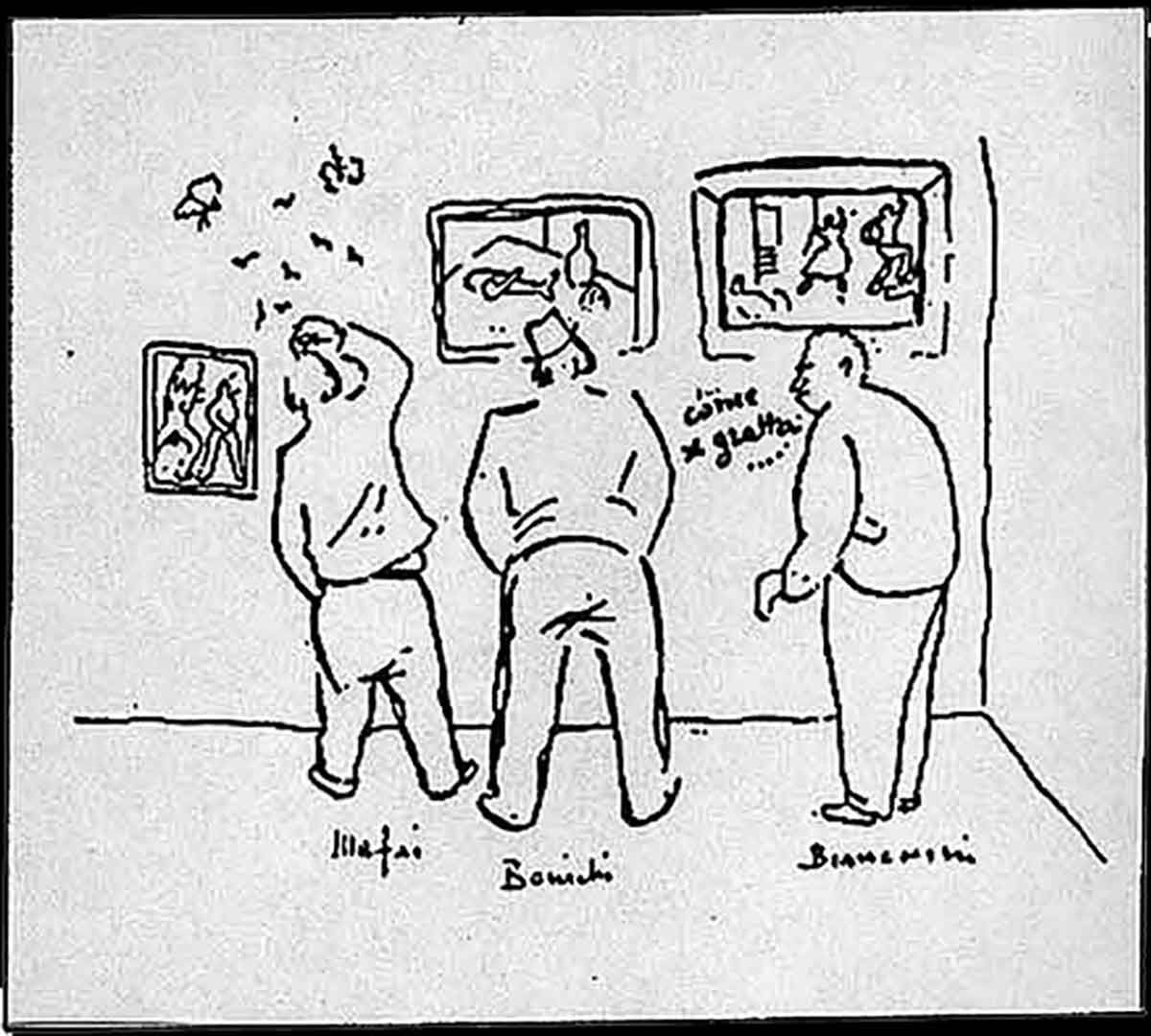
Neapolitan by birth, Emilio Jesi (1902–74) was one of the great Italian collectors of the 20th century. He shared his passion with his wife Maria Arrighi.
Mafai and Raphaël forged a strong and lasting bond of friendship with the collectors Emilio and Maria Jesi. Their relationship was triggered by the art patrons’ early and farsighted interest in the two artists’ work, which was to become a crucial part of their celebrated collection.




As early as in 1934 Antonietta Raphaël highlighted the importance of the income deriving from sales:
“[…] The sum that you gave Mario for my sculptures is sufficient for the cost of a plaster cast of Niobe and of my portrait which I consider to be two important works – important for me, of course – and that makes me happy. Now, dear Mr. Jesi, can you see what your purchase of my sculptures has meant to me?”
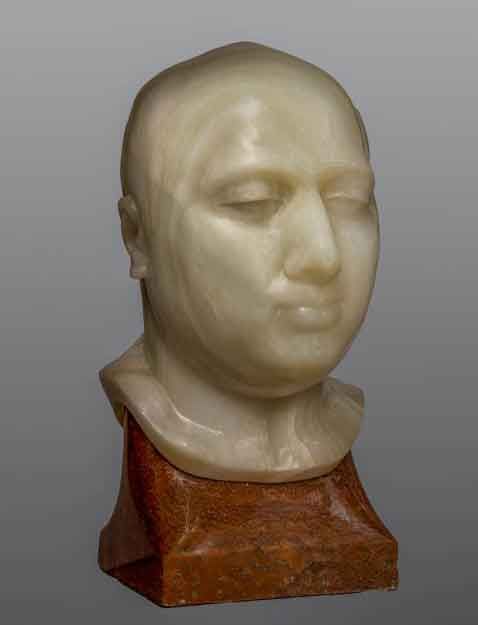
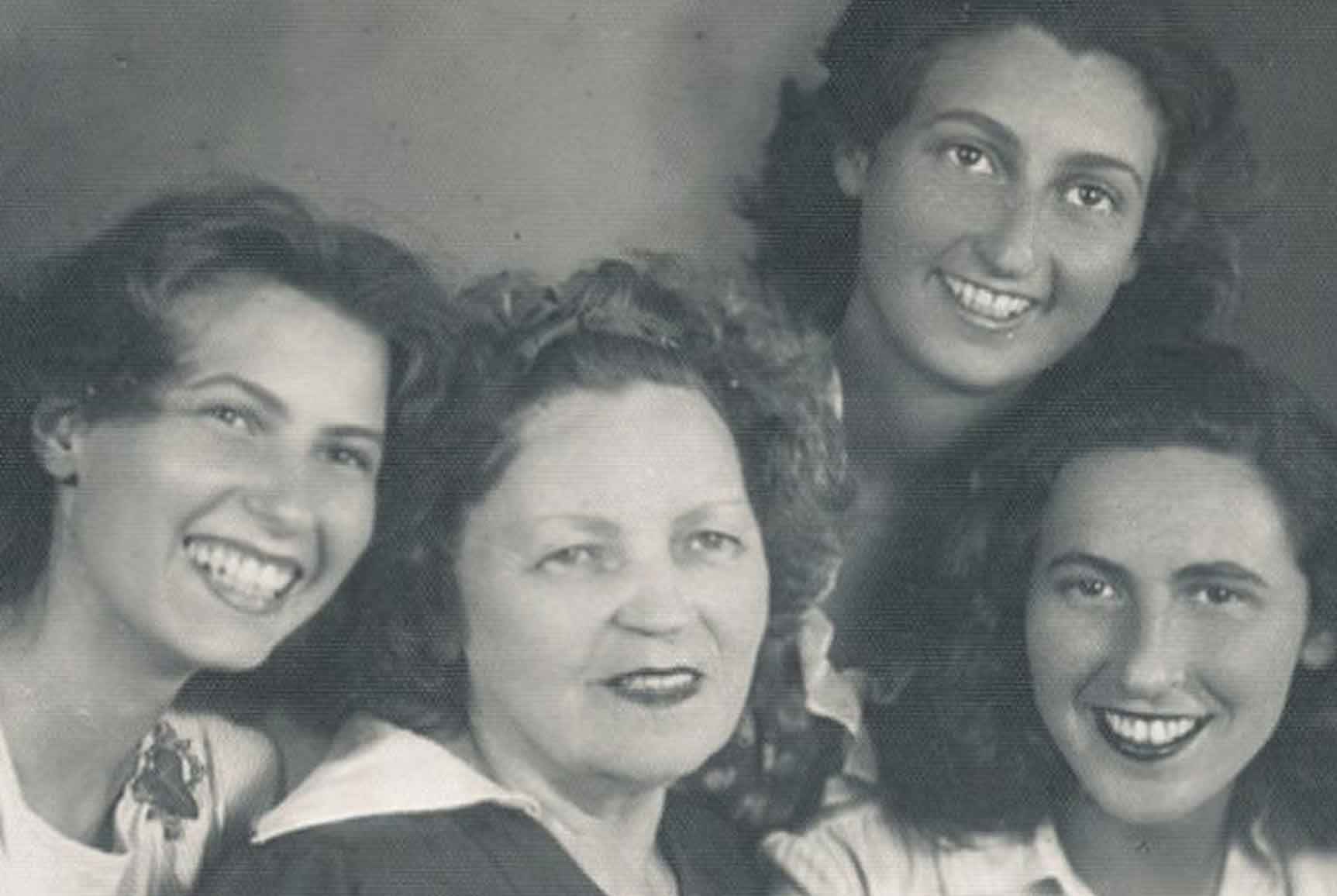
THE GENOESE PERIOD: THE FANTASIES
The Fascist government promulgated its racial laws in the late 1930s. Antonietta Raphaël was banned from showing her work and her three daughters, who were not baptised, had to leave state school. So, with the help of collectors Alberto Della Ragione and Emilio and Maria Jesi, Mario Mafai, Antonietta Raphaël and their daughters moved to Genoa in 1939.
Working in his studio in an old building in Via di San Lorenzo behind the port in Genoa, Mafai enthusiastically devoted his energy to a group of Fantasies consisting of twenty or so small panels on the theme of war.
Probably affected by the climate of violence into which Europe was sinking, he chose agitated images and strong, expressionistic colours dominated by the carnally physical quality of horribly tormented nude bodies. He began to develop this vibrant, grotesque repertoire even before moving to Genoa, as we can see from a letter dated 1939 in which he sent a collector friend a sketch that appears to pave the way for the later painted Fantasies:
[…] At the Quadriennale I am showing only a very Aryan picture I did about ten years ago but I can guarantee you it can compete with, in fact even honourably outdo, anything from what they call Paris painting, international and Jewish around the edges. We are on the level of a 1,000-year tradition here. I am producing a composition and this is a foretaste of it.

Giulia Mafai, one of Mario and Antonietta’s daughters, said of the Fantasies:
“I was a child. The first ‘Fantasy’ that my father painted, in 1939, was entitled ‘Procession’ and it depicted a procession with candles, men with top hats on their heads; it was a bit of a satirical take on the diplomatic game being played by England and the others as they tried to stop Hitler and the Nazis with diplomacy, achieving nothing, as history has taught us. This first ‘Procession’ was shown at the Venice Biennale in 1939.”
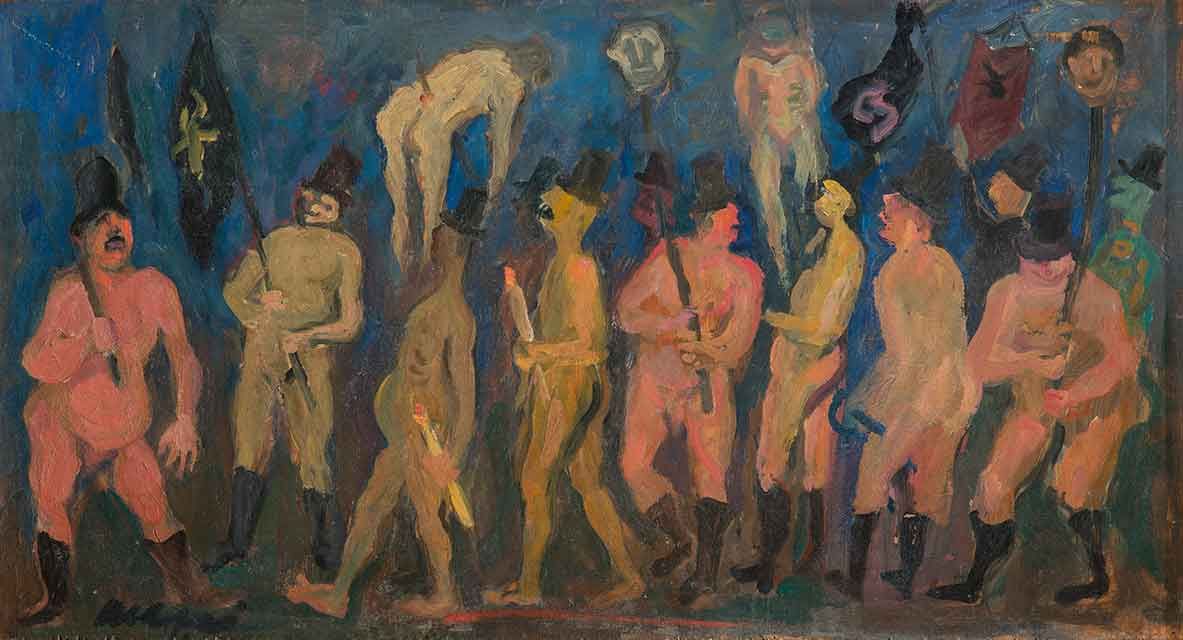
“War broke out and the ‘Fantasies’ were no longer what we might call ironic, satirical or grotesque, they became blood, sweat and tears; a series of 20 to 25 pictures which, apart from anything else, my father never wanted to share and which, believe you me, it was also very dangerous to have around at the time. They were anti-war at a time where war had this mystique to it.”

That is why we always kept them hidden, and when we were forced to move house in secret, the ‘Fantasies’, as they became known later on, followed us around everywhere. The job given to us three sisters – I was 10 and my sisters were 12 and 14 respectively – was to wrap up these wooden panels and carry them from one house to the next.

There is one aspect in particular that I would like to highlight. The Fantasies against the war were painted at the worst possible time. We were in Genoa, there were air raids every single day. At the end of the war, unlike many other artists of the time, my father did not paint anything else in an anti-war vein.
It’s odd, don’t you think? At that extremely difficult moment, when we suffered from the racial laws because my mother was Jewish, we were helped by Emilio Jesi and another collector called Alberto Della Ragione. He was not just a friend; he was also a supporter. By buying Mafai’s paintings he allowed us to survive in what were extremely difficult years.
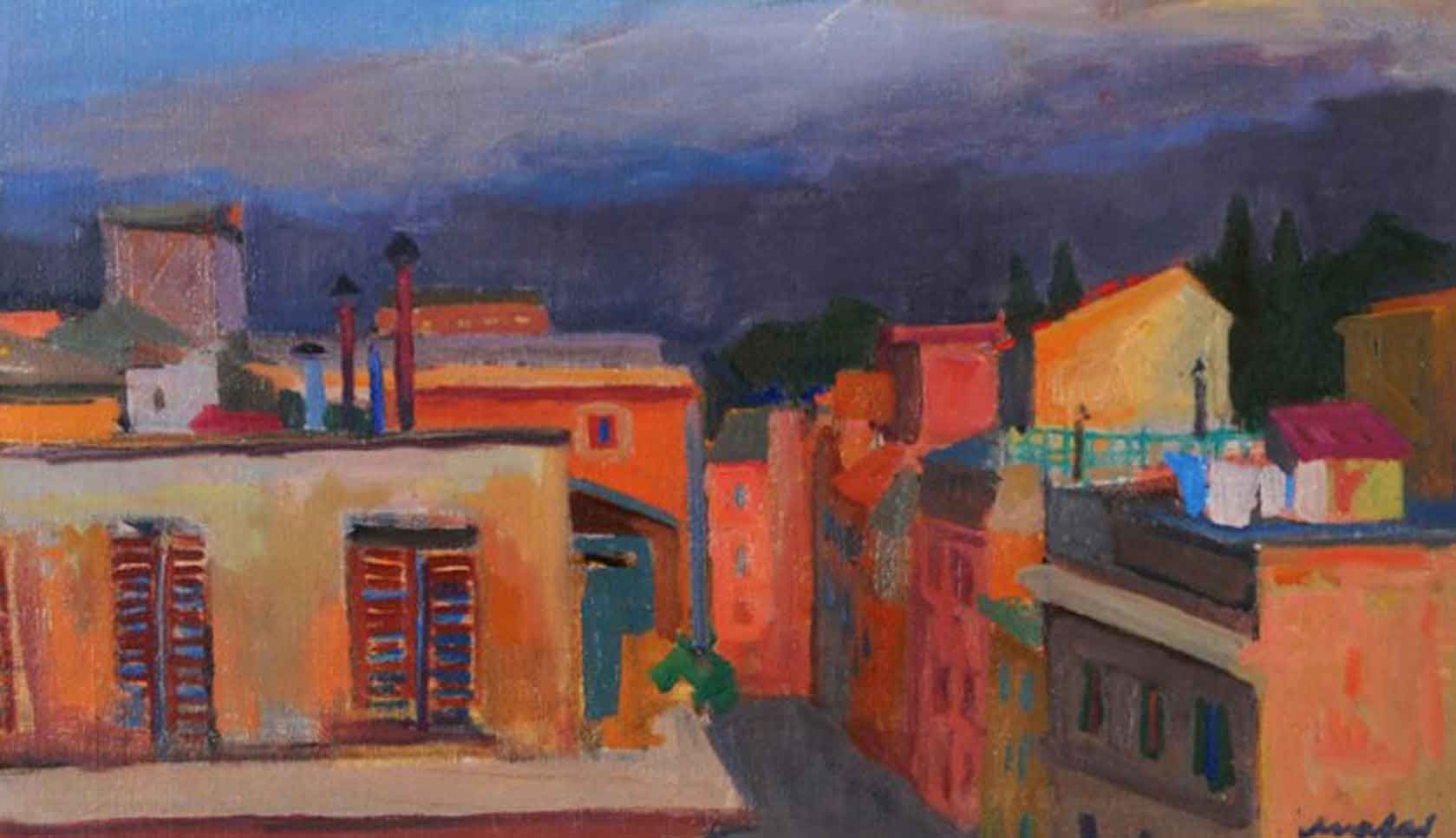
EMILIO AND MARIA JESI
Fascism collapsed in 1943 and the Mafai and Jesi families left Genoa to return to Rome at the end of the summer. They remained in hiding in Rome throughout the occupation, in the home of Jesi’s sister Renata and her husband Giovanni Bollea.
His eldest son, Ernesto Bollea, Emilio and Maria Jesi’s nephew who was only four at the time, tells the story:
“My uncle came to Rome and we all used false names. We were called Pezzi. I can’t remember his surname, but I used to call him Sor Ambrogio. He lived in our house and his friends the Mafai and all their family lived on the third floor. At the time my uncle was about forty years old, he was friends with all the artists of the day and he played a role – though I don’t know how direct a role – in the Resistance, he was in touch with the GAP (Patriotic Action Groups).”
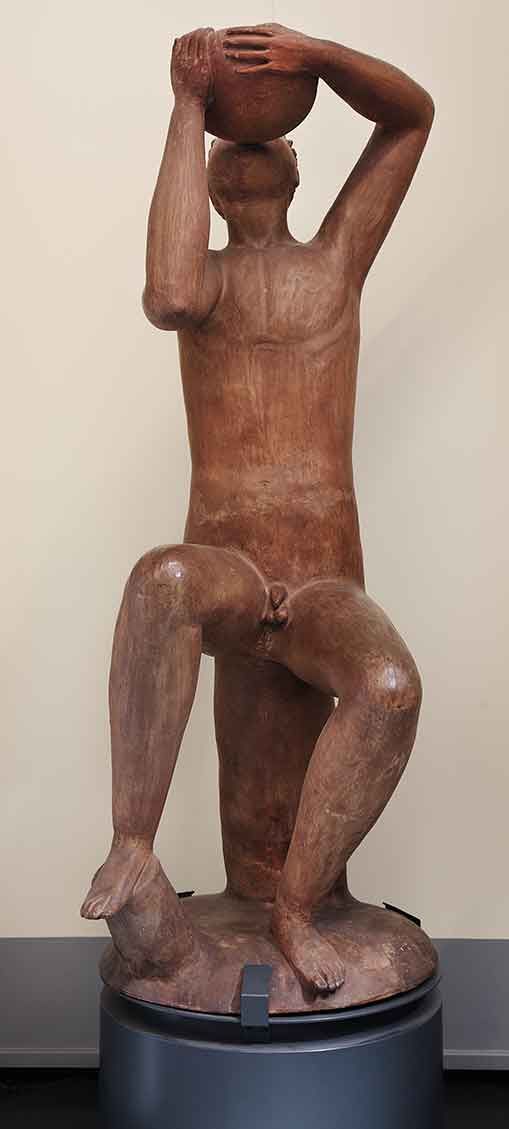
Uncle Emilio Jesi at that time was looking after Giorgio Labò, the son of his Jewish friends. Giorgio was in the Resistance too, and he and Gianfranco Mattei ran a clandestine ammunition store in Rome together. He was betrayed in 1944. The SS took him and tortured him for 18 days, but he never gave anything away.
He was shot by the Italian Africa Police. That caused my uncle a great deal of sorrow and that’s also one of the reasons he kept on helping the Labò family in any way he could, even buying their extremely beautiful ‘Drinker’ by Arturo Martini.
THE FANTASIES IN ROME AND MILAN
Mario Mafai, who absolutely refused to be separated from his Fantasies, ended up agreeing to sell them to Giovanni Pirelli with a clause specifying that on his death they should go to the Galleria d’Arte Moderna in Rome, a wish with which Marinella Pirelli complied without hesitation.
The Fantasies, which were not displayed in ten years – so the donation went into abeyance – were taken back to Varese by Marinella Pirelli and then purchased by Aldo Bassetti, who generously donated them to the Pinacoteca di Brera.
Mario Mafai’s daughter Giulia voiced this wish:
My intention is to show the ‘Fantasies’ in Rome before their final, much-appreciated destination in the Brera. A last romantic farewell to his city which so shamefully betrayed him – not an uncommon fate for artists.
This is not simply a tribute to Mafai, it is far more than that: it is the confirmation of certain moral values that we need to reaffirm today and that are more important today than ever before.
Special thanks to Aldo Bassetti, Enrico Bollea, Maria Rosa Bollea, Marina Gargiulo and Giulia Mafai
